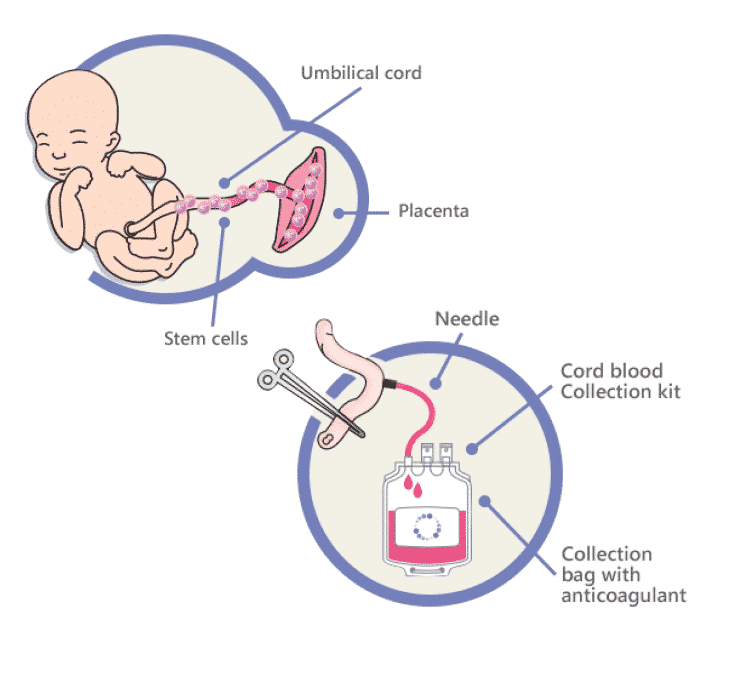Cord blood banking entails the gathering, processing, and storage of blood from the umbilical wire and placenta after a baby is born. This blood is rich in hematopoietic stem cells, which have the potential to develop into numerous kinds of blood cells. Here are the necessary thing steps concerned in wire blood banking:
Collection:
After the infant is born and the umbilical cord is clamped and reduce, the remaining blood in the umbilical twine and placenta is collected. This process is secure, painless, and non-invasive.
Processing:
The collected cord blood is processed to separate and focus the stem cells. This includes eradicating purple blood cells and different components to go away a product rich in hematopoietic stem cells.
Testing:
The twine blood unit undergoes various tests to ensure its safety and viability. These tests include screening for infectious diseases and checking the compatibility of the blood with potential recipients.
Cryopreservation:
The processed and tested cord blood is then cryogenically preserved, sometimes by freezing it at very low temperatures. This long-term storage helps preserve the viability of the stem cells for an extended interval.
Storage:
The cryopreserved twine blood unit is saved in specialised services, also identified as cord blood banks. These banks follow strict protocols to make sure the protection and integrity of the stored wire blood.
Private Cord Blood Banking:
Family Use:
Some dad and mom opt for personal wire blood banking, where they pay to retailer their child's cord blood completely for his or her family's potential use. This is finished in case a member of the family develops a medical condition that might be handled with a stem cell transplant.
pregnancy and birth :
Donation:
Parents even have the choice to donate their child's wire blood to a public twine blood financial institution. In this case, the wire blood turns into part of a public registry and may be used by anybody in need of a stem cell transplant.
Community Benefit:
Public wire blood banking contributes to constructing a various and intensive inventory of wire blood units, growing the chances of finding an acceptable match for patients who require stem cell transplants. It is taken into account a neighborhood service.
Considerations:
Cost:
Private twine blood banking entails preliminary fees for collection, processing, and storage, whereas public cord blood banking is normally free for donors.
Medical Conditions:
Families might think about twine blood banking if they've a history of certain medical conditions that could doubtlessly be treated with a stem cell transplant.
https://etextpad.com/fk0bvwgols :

Cord blood banks often present academic applications to tell expectant parents about the advantages and issues of cord blood banking.
Cord blood banking is a useful resource for potential medical remedies, particularly in the context of hematopoietic stem cell transplantation. Parents ought to fastidiously weigh the potential advantages and costs when deciding whether to privately bank their baby's wire blood or contribute to a public cord blood bank..
